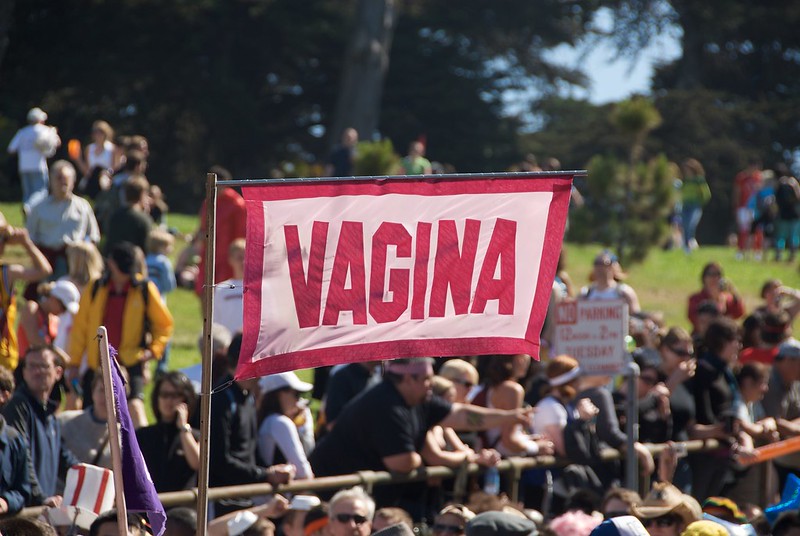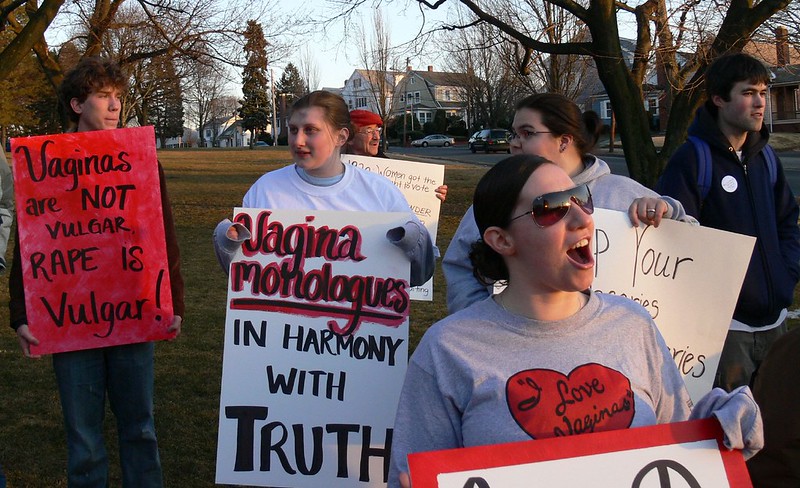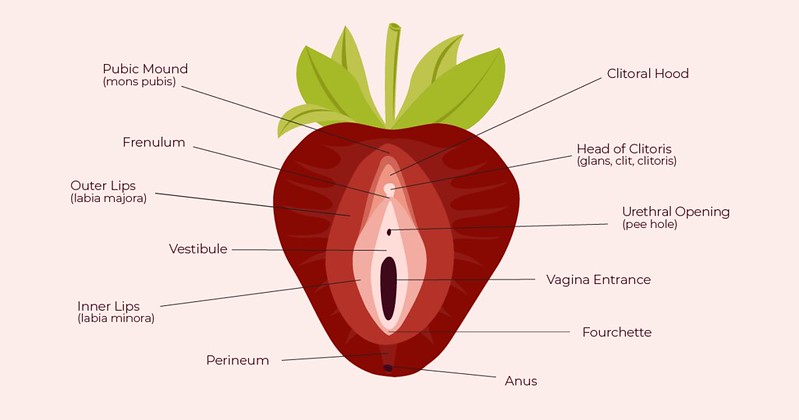In a time when a woman has been elected to the White House as vice president, perhaps it is time to be more comfortable talking about the woman’s body.

Why don’t we talk about the vagina?
Sure, songs such as this summer’s “WAP” by Cardi B and Megan Thee Stallion about female lubrication or products such as Jade Eggs endorsed by celebrities enter popular awareness. But these are hypersexualized or based on junk science.
A recent survey poll by INTIMINA, a Swedish company that sells women’s intimate health products, found that 25 percent of women could not identify the vagina. Over half think that their lack of knowledge prevents them from advocating for themselves in the doctor’s office.
As an obstetrician/gynecologist for the past five years, I witness that vagina is a word that makes many people uncomfortable to even say—let alone have a discussion about, even during a health care appointment.
There is apparently almost shame in saying the word: vagina. In a time when a woman has been elected to the White House as vice president, perhaps it is time to be more comfortable talking about the woman’s body.
This word can be thought of as a symbol for the woman’s body, or a scapegoat for the shame that has historically surrounded the female anatomy.
Even “Grey’s Anatomy,” a show about surgeons, wouldn’t let their actors say the word. Ellen Pompeo recently spoke about her experience. She stated that the show’s creator, Shonda Rhimes, made up a word because, “You can say penis 97 times (in an episode) but you can’t say vagina.” That word was “vajajay”—which was then used by Oprah Winfrey and can now be found on Urban Dictionary.
In the 1990s, “The Vagina Monologues” by Eve Ensler was a groundbreaking play that frankly and openly talked about the vagina. Over 20 years later, it is still being performed worldwide and has raised $85 million to fund women’s projects.

Yet, there are very few examples of the word “vagina” in popular culture. Many use slang terms such as pussy. During my appointments as an obstetrician/gynecologist, I have heard women use couchie, hotbox, punani and beaver. These slang terms diminish the importance of the actual word.
A local Chicago morning radio show host was recently discussing awkward terms they use to describe body parts. One of the young women explained that she doesn’t really use a term, she simply says “down there”—even at her health care appointments.
Many people report they learn very little about the human body while growing up. School curricula shy away from teaching too much about male and female genitalia for fear of sexualizing young minds. In 2013, a teacher in Idaho was reprimanded by the school board for using the word “vagina” during his sex education lesson to a group of high school sophomores.
This is an international problem as well. A group of teachers in the UK told a consultant they were comfortable using the word “penis” but not “vagina” in their sex education lessons.

Perhaps some would say this hesitation to use the word is modesty—several of the men I know told me they’re not allowed to say “penis” either. Others might say it is a cultural practice in modesty. This has broader implications —this modesty about saying the word can also apply to medical examinations. Some cultures have shown to avoid preventive healthcare exams, due to modesty.
This leads to misconceptions about what is “normal” and “healthy,” especially when it comes to the vagina. Because of this shame, and the lack of people talking about it, many women do not understand their own vaginas—its function, normal state, natural discharge and odor.
Commercial products prey on this lack of knowledge. A quick internet search for vaginal cleansing products returns 19 pages of links to product reviews and websites.Vaginal douches and washes specifically for the vagina are marketed for a fresh scent. The vagina is full of healthy bacteria and yeast—referred to as vaginal flora. This flora produces an odor. It is not supposed to be “fresh” or sweet.
I had a patient in my office once who could not understand why her vagina was so tender. After some discussion, she told me that she regularly put pineapple chunks in her vagina overnight to make it sweet. I had to explain to her that the acidic fruit was burning her vagina. It is not supposed to be foul or fishy either.
“Vagina” should be normalized. It is an important part of the woman’s body. There is no shame around this term, or the body that surrounds it.
Knowledge is power. If more women were comfortable talking about this, if more people were comfortable saying this word, then everyone would know more about this part of the body. Everyone would be more powerful.
You may also like:





